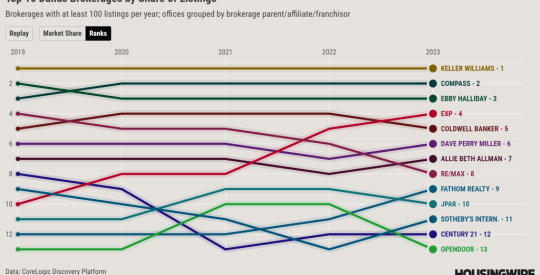City proposals to seize underwater mortgages using eminent domain may only affect a small percentage of privately securitized loans if successful, but investors remained worried that may be enough for the entire concept to poison certain mortgage-backed bond markets.
Should municipalities such as San Bernadino use eminent domain and survive the legal challenges sure to come, the proposal would affect less than 1.5% of private-label security loans in the affected areas, according to researchers at Nomura Securities.
The proposal requires the trust to sell the loan at court-determined fair-market value to the local governments using newly raised private capital. Principal would likely be reduced, allowing the borrower to refinance into a Federal Housing Administration loan, meaning it could be repackaged into Ginnie Mae pools.
The Securities Industry and Financial Markets Association introduced policy Thursday stating that the new loans issued to borrowers residing in areas that use eminent domain to seize mortgages will not be deliverable into “To Be Announced” securities, also used to market loans guaranteed by Fannie Mae and Freddie Mac to MBS investors.
SIFMA said loans in these areas would be too volatile and unpredictable given the government’s ability to seize them at any time. The TBA market attracts certain investors because of its homogeneity. SIFMA notes that mortgages seized via eminent domain and repackaged for the secondary market may contain hidden risks that threaten the reliable stability of the TBA market.
“The TBA markets are the most liquid, and most important secondary market for mortgage loans. The introduction of eminent domain creates a material and unquantifiable new risk factor,” SIFMA said in a statement. “To the extent that a municipality exercised such power on mortgage loans, loans within that jurisdiction would present a new, unique, and unquantifiable risk factor that would destroy the homogeneity of those loans with loans in areas where such eminent domain powers were not exercised.”
The SIFMA blowback was expected to be aggressive given the shifting state of securities trade groups post-crisis.
“I think that (the SIFMA policy) is a pre-emptive strike, and maybe a bit premature. I mean, Fannie and Freddie are the ones taking credit loss if eminent domain goes into GSE loans. But they haven’t said anything yet,” said Brian Ye, an analyst at JPMorgan Chase (JPM).
Jeff Wheeler, an agency analyst at Smith Breeden, said because the proposals target underwater borrowers who are still making payments, it would be difficult to determine what losses the pools would take.
“If executed efficiently at ‘fair market values,’ the seizures would only be done on loans that would have eventually defaulted, thus lowering overall losses,” Wheeler said. “Of course, there is a chance overall mortgage losses could exceed current forecasts if authorities seize and modify loans that would not have defaulted if left alone or if the compensation given to investors for the seizure could be below the true market value.”
Other analysts said there are few safeguards in place to protect investors from having to sell loans below fair-market value. The legal hurdles remain too daunting for many.
“We continue to expect a low likelihood that this proposal survives legal challenges,” Nomura researchers said.
Jacob Gaffney contributed to this report.



